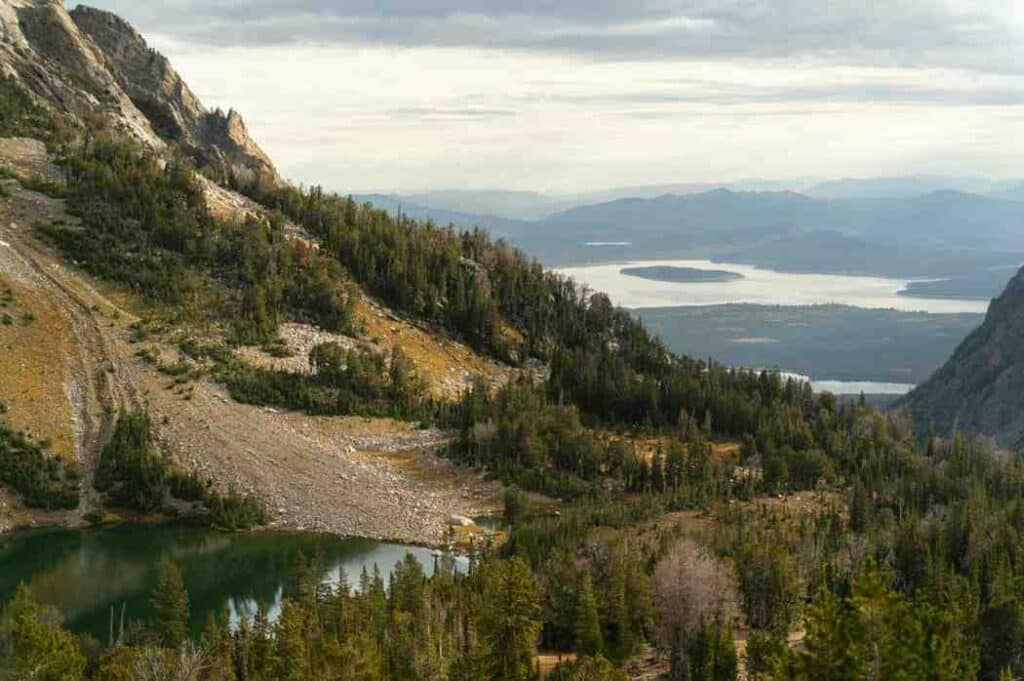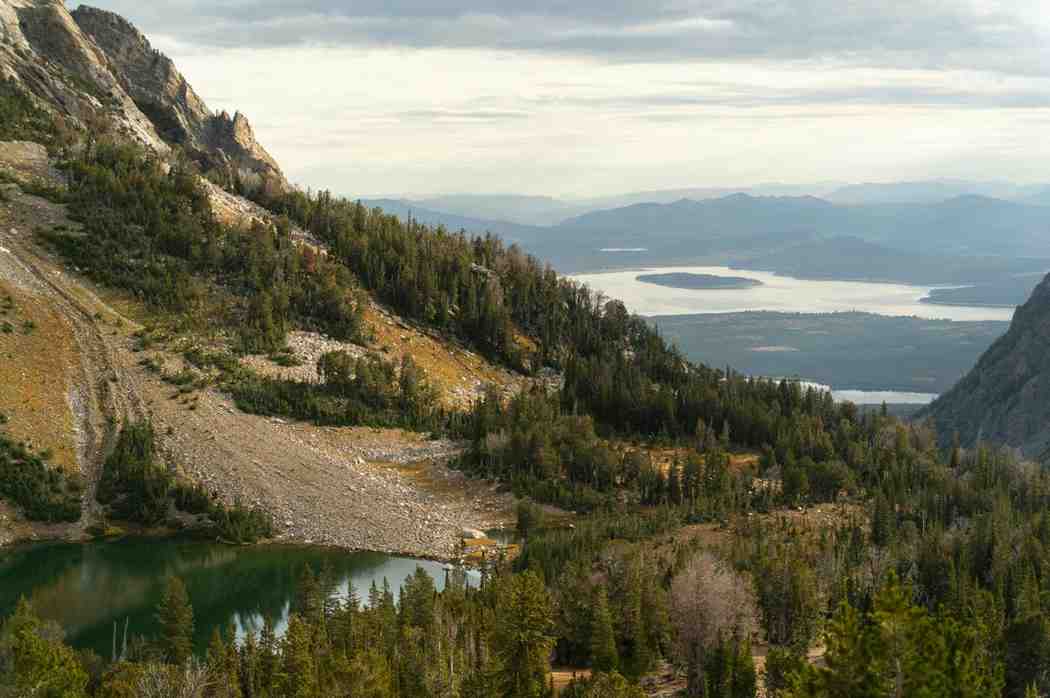Top 10 Hiking Trails in the World for Beginners and Experts
Hiking is one of the most rewarding ways to explore the world – a blend of physical challenge, natural beauty, and mental renewal. Whether you’re taking your first steps on a beginner-friendly trail or pushing your limits on high-altitude terrain, the planet offers endless paths that inspire adventure. From the lush forests of Japan to the snow-capped peaks of Patagonia, 2025 is the perfect year to lace up your boots and discover some of the world’s most breathtaking hiking routes. This guide highlights ten incredible trails suited for both beginners seeking serenity and experts craving adventure. Each one offers a unique mix of scenery, accessibility, and unforgettable experience.
Why Hiking Remains the Ultimate Adventure
Hiking reconnects us with nature and simplicity. It’s a mindful escape from screens and noise, a chance to breathe in crisp air and hear the rhythm of your footsteps blending with birdsong or mountain wind. For beginners, hiking builds endurance and confidence, while seasoned trekkers find fulfillment in pushing through rugged terrain or unpredictable weather. In 2025, trails are better maintained, local communities are more welcoming, and eco-friendly initiatives make exploring responsibly easier than ever.
1. Inca Trail, Peru – Ancient Wonder Meets Natural Majesty
Few trails in the world rival the mystique of Peru’s Inca Trail. Leading to the ancient citadel of Machu Picchu, this four-day trek blends breathtaking mountain views with centuries of history. Hikers pass through cloud forests, stone tunnels, and ancient Inca ruins, culminating in the unforgettable sight of Machu Picchu at sunrise.
Difficulty: Moderate to challenging.
Best for: Fit beginners and intermediate hikers ready for altitude.
Travel tip: Acclimatize in Cusco for a couple of days before starting the trek, and pack light to handle steep ascents with ease.
2. Tour du Mont Blanc, Europe – Crossing Three Countries on Foot
Encircling the Mont Blanc massif, this iconic trail winds through France, Italy, and Switzerland. Stretching over 170 kilometers, the route offers a variety of alpine scenery, from glacier valleys to flower-strewn meadows. While completing the full circuit takes about 10 days, shorter sections are perfect for beginners.
Difficulty: Moderate to hard depending on chosen segments.
Best for: Adventurous hikers who want stunning landscapes without technical climbing.
Travel tip: Late June to early September provides the best weather, with clear skies and accessible mountain passes.
3. Milford Track, New Zealand – The Finest Walk in the World
New Zealand’s Milford Track is legendary for good reason. The 53-kilometer trail traverses Fiordland National Park, revealing waterfalls, mossy forests, and glacier-carved valleys. The highlight is Mackinnon Pass, offering panoramic views of the surrounding peaks.
Difficulty: Moderate.
Best for: Beginners looking for a well-marked, scenic, multi-day trek.
Travel tip: Book early, as hut reservations are limited. Pack waterproof gear – Fiordland is known for frequent rainfall.

4. Appalachian Trail, USA – A Lifelong Journey in Nature
Spanning over 3,500 kilometers from Georgia to Maine, the Appalachian Trail is a dream for long-distance hikers. But you don’t need to conquer the whole route to experience its magic. Sections like Virginia’s Shenandoah National Park or New Hampshire’s White Mountains are ideal for short adventures.
Difficulty: Beginner to advanced, depending on segment.
Best for: Everyone – from first-time hikers to thru-hikers seeking the ultimate test.
Travel tip: Start small and focus on one section; the trail community is welcoming, and local shelters make planning easy.
5. Mount Fuji, Japan – Spiritual Summit and Sunrise Magic
Climbing Mount Fuji is more than a hike – it’s a cultural and spiritual experience. Japan’s highest peak rises to 3,776 meters and attracts both locals and travelers seeking to see the sunrise from its summit, known as “Goraiko.” The official climbing season runs from early July to early September when weather conditions are stable.
Difficulty: Moderate.
Best for: Fit beginners and those interested in cultural hiking experiences.
Travel tip: Begin your ascent in the late afternoon, rest at a mountain hut, and reach the summit before dawn for an unforgettable sunrise view.
6. Torres del Paine “W Trek,” Chile – Patagonia’s Wild Frontier
For experienced hikers, the W Trek in Chile’s Torres del Paine National Park is a bucket-list adventure. Named for its W-shaped route through the Andes, the trail passes turquoise lakes, glaciers, and the iconic granite towers of Patagonia. Each day offers new challenges and postcard-perfect views.
Difficulty: Moderate to difficult.
Best for: Experienced hikers or adventurous beginners in good shape.
Travel tip: Go between November and March for longer daylight and stable weather. Always prepare for sudden wind gusts and cold nights.
7. Cinque Terre Coastal Trail, Italy – Scenic Walks Through Colorful Villages
For a gentler yet equally stunning hike, Italy’s Cinque Terre Trail links five charming villages along the Ligurian coast. Terraced vineyards, sea cliffs, and pastel houses make it one of the most picturesque hikes in Europe. The trail is accessible and perfect for short day walks, with plenty of spots to rest, swim, and enjoy fresh seafood.
Difficulty: Easy to moderate.
Best for: Beginners and photographers who love scenic routes.
Travel tip: Start early to avoid midday crowds and carry plenty of water during summer months.
8. Annapurna Circuit, Nepal – The Ultimate Himalayan Experience
The Annapurna Circuit is one of the most diverse and rewarding treks on Earth. Stretching over 160 kilometers, it crosses subtropical forests, Tibetan plateaus, and high mountain passes like Thorong La at 5,416 meters. While challenging, the route offers flexibility – shorter sections can be completed by less experienced hikers.
Difficulty: Moderate to hard.
Best for: Experienced hikers and ambitious beginners ready for altitude.
Travel tip: Travel between March–May or October–November for clear skies and comfortable temperatures.
9. Overland Track, Tasmania, Australia – Wilderness and Serenity
Tasmania’s Overland Track is a six-day hike through some of Australia’s most pristine wilderness. Expect glacial lakes, alpine meadows, and wildlife like wombats and wallabies. The trail is well-maintained, making it approachable even for those new to multi-day hikes. Optional side trips lead to Cradle Mountain or Lake St Clair for even more stunning views.
Difficulty: Moderate.
Best for: Intermediate hikers who enjoy remote landscapes and solitude.
Travel tip: Permits are required, especially during peak season (October–May), so book in advance.
10. Laugavegur Trail, Iceland – A Journey Through Fire and Ice
Few hikes capture the raw power of nature like Iceland’s Laugavegur Trail. The 55-kilometer route passes geothermal hot springs, lava fields, snow patches, and colorful rhyolite mountains. The dramatic contrasts make every step feel otherworldly.
Difficulty: Moderate to challenging.
Best for: Experienced hikers seeking dramatic landscapes.
Travel tip: The season runs from mid-June to early September; check weather updates frequently as conditions can change fast.
Choosing the Right Trail for You
When selecting a hiking trail, consider your fitness level, available time, and comfort with altitude or multi-day trekking. Beginners should start with shorter, well-marked routes to build stamina, while experienced hikers can aim for high-altitude or long-distance trails. Always research trail conditions, pack appropriately, and respect local ecosystems. Many parks now promote “Leave No Trace” principles to ensure trails remain pristine for future travelers.
Essential Tips for a Successful Hike
Train in advance: Even short hikes become easier with regular walking or stair workouts.
Pack smart: Carry essentials – layered clothing, water, snacks, and first aid. Lightweight gear makes all the difference.
Stay hydrated and nourished: Altitude and exertion can drain energy quickly, so refuel often.
Know the weather: Always check forecasts; mountain climates can shift rapidly.
Respect local culture and nature: Greet locals politely, avoid littering, and stay on marked paths to prevent erosion.
The Growing Trend of Sustainable Hiking
In 2025, sustainable hiking has become more than a trend – it’s a global responsibility. Eco-conscious hikers use refillable bottles, rent gear instead of buying, and support local guides and accommodations. Trails worldwide are introducing eco-permits to fund conservation efforts. By hiking responsibly, travelers help protect fragile ecosystems and ensure that mountain paths, forests, and coastlines continue to inspire for generations to come.
Final Thoughts
From Japan’s sacred peaks to South America’s windswept valleys, the world’s hiking trails promise unforgettable adventures for every type of traveler. Beginners can find confidence on gentle coastal paths, while experts can challenge themselves on high-altitude treks surrounded by glaciers and ancient ruins. Each trail tells a story – of nature’s resilience, cultural heritage, and human determination. Hiking isn’t just about reaching the summit; it’s about the journey, the silence, the struggle, and the moments when the world feels wide and wonderfully alive. Whether you’re taking your first hike or planning your next great expedition, 2025 offers endless horizons waiting to be explored, one step at a time.







